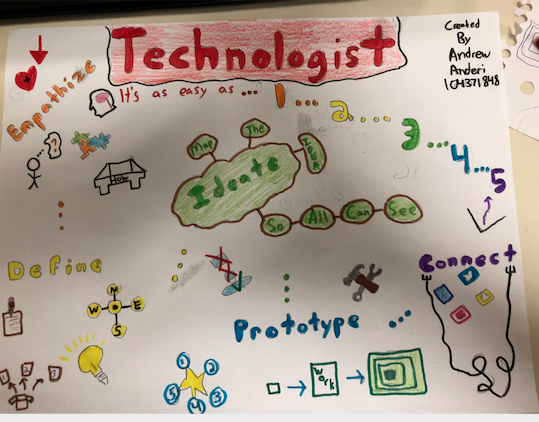
For my final artifact, I decided to do a sketch note to show my deep dive into Technologist, written by OntarioExtend. I have never been an artist before, but nonetheless I wanted to try something new; something that all teachers can do. This module emphasizes integrating technology into the classroom while using the design-thinking process. Even though I didn’t use technology for my artifact, developing digital literacies is a process and reading this module is just the beginning.
My sketch note expands my thoughts into the design-thinking process. from finding out what is needed, narrowing the tool search to designing and connecting the technology with the curriculum.
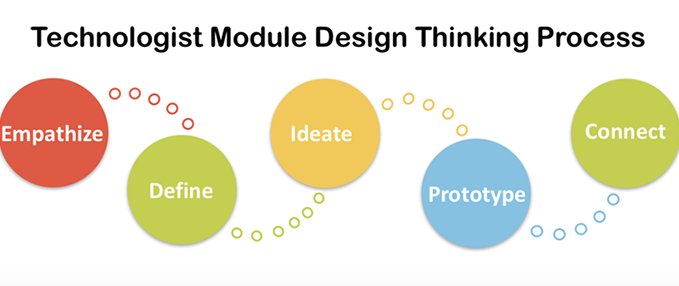
Let’s start with Empathize; however before we can get going we need to understand that our tool or design will be used by other people. It is important to know what is needed before determining the task at hand. Challenges will arise, once we narrow down the search but that’s why we determine ways to work and fix them through(hopefully with technology).
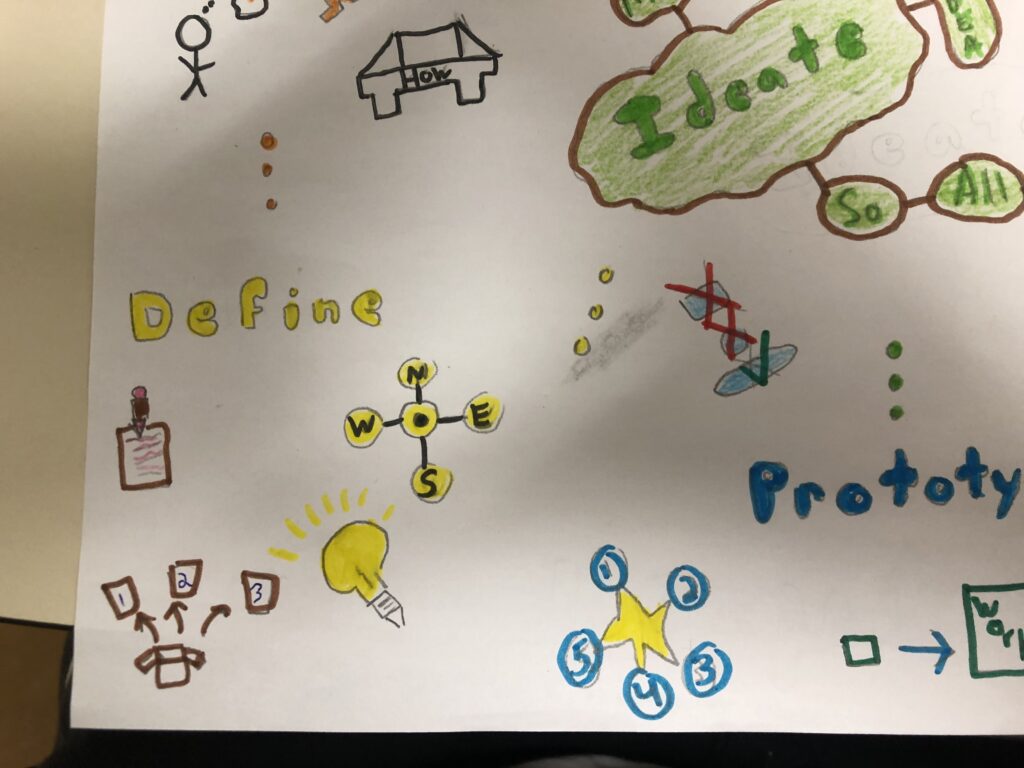
Once we have the focus on what is needed, it’s time to narrow that search down. It’s important to start small and work you’re way up. Now that the challenge is identified, it’s time to lock in. If your first solution didn’t work then try adding technology!
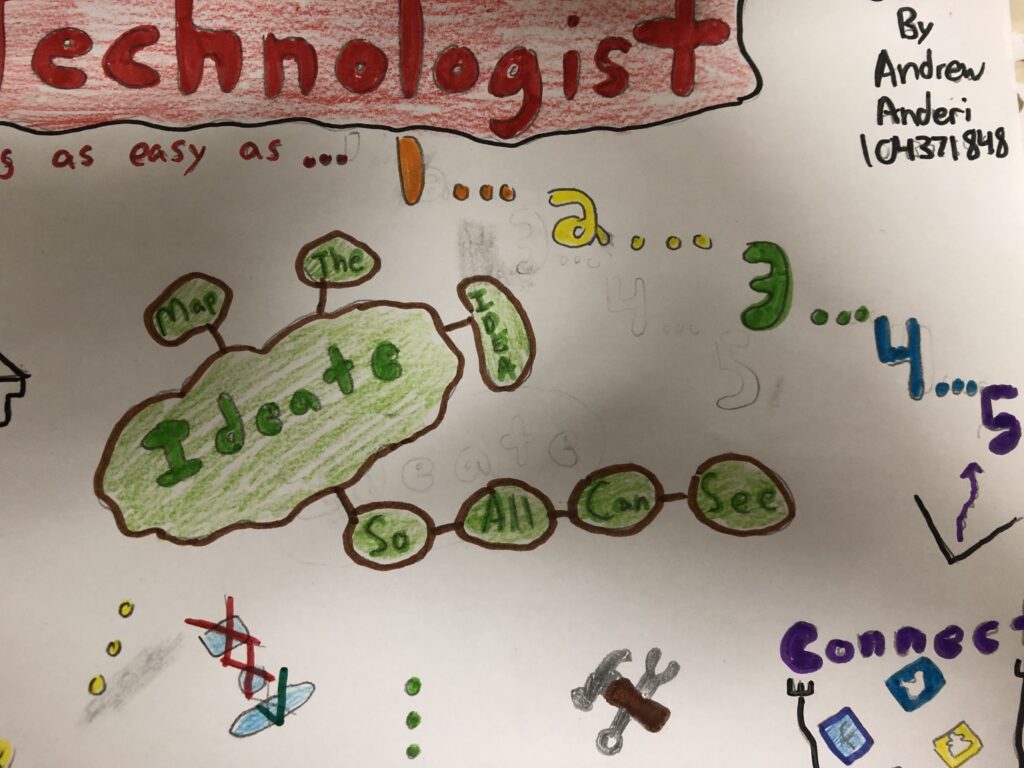
It can be a extremely demoralizing trying to find the perfect technology tool, especially when there is always the new and improved tools being released each day. In the Ideate portion, of digital thinking we try and decipher between the perfect situation and what just simply works. In an ideal situation, you consider all the tools; however its not always practical so we try and consider a few before moving on to actually implementing.
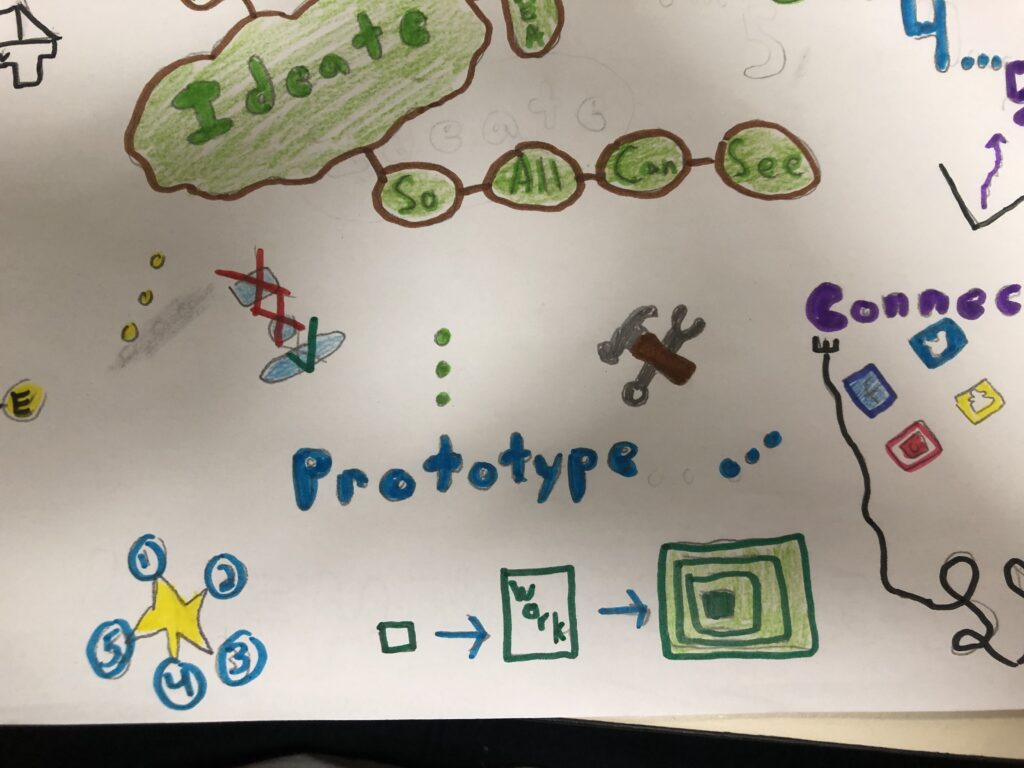
After everything is figured out, it’s time to get working! Let’s put it all together with a real life prototype. Before teacher’s can use certain tools with their classrooms, it would be smart to do a little trial and error themselves. What better way to be an expert than by doing yourself? (I can now say I’m a semi-professional Canva user.) Prototypes incorporate designing, sharing and refining. We can’t be perfect without knowing what works and doesn’t work. The key to a good prototype is refining through the mistakes. Listen! Listen! Listen to all the feedback; both positive and negative.
Finally, let’s reflect and connect. Curriculum documents are the backbone of our lessons, as teacher candidates it’s important to establish reflecting and connection through these documents and our lesson. Learning goals can be taught and achieve in many different ways. As a future educator and a technologist, connecting technology and learning goals is just another way to ensure the student is learning and achieving all the necessary goals to be successful.
